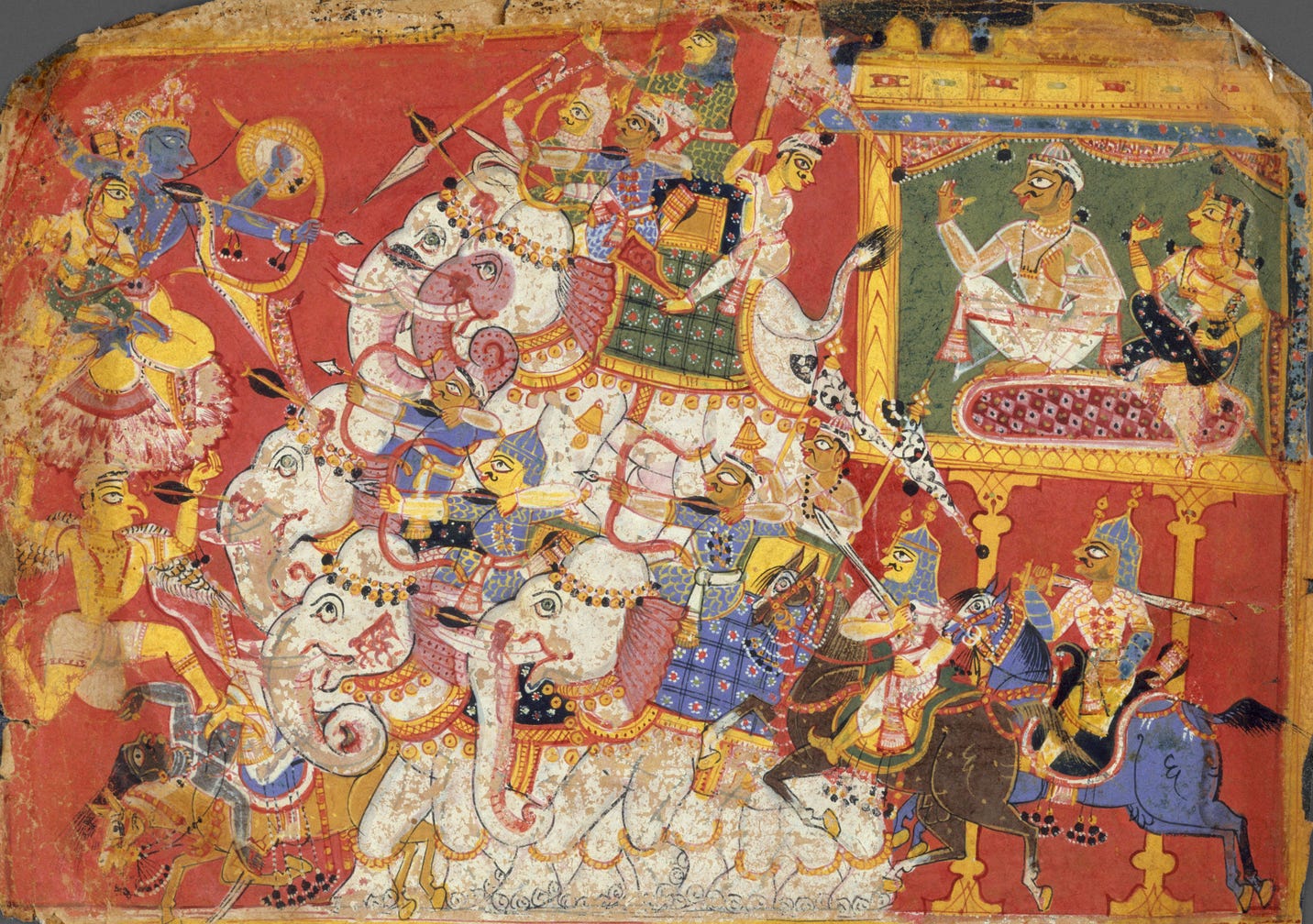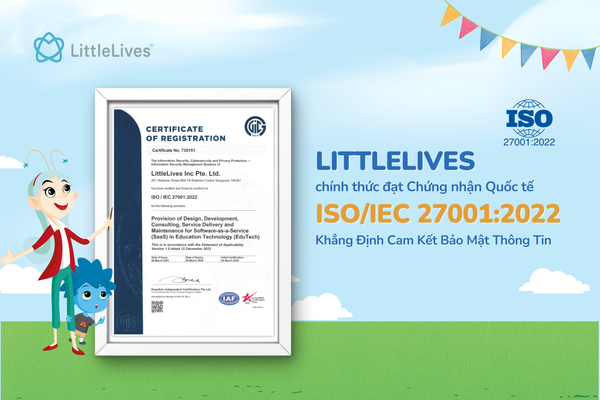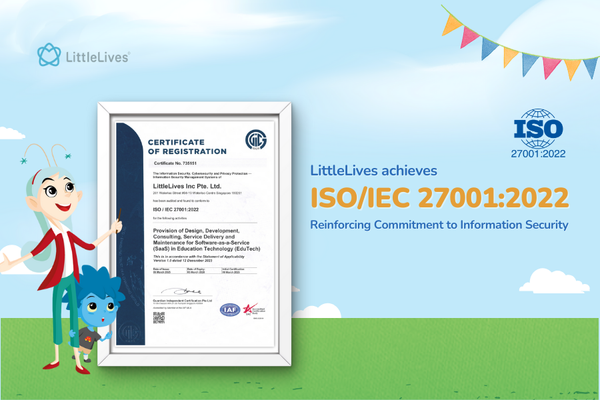Deepavali

Deepavali marks the most festive time of the year for Indians all over the world, across 3 major religions — Hinduism, Sikhism, and Jainism. Also known as Diwali, it is commonly referred to as the Festival of Lights. According to most legends that depict the origin of Deepavali, this day symbolizes the end of a dark and fearful era and the beginning of a new age of light and hope.
Origin of Deepavali
One of the most popular legends is the one that tells the tale of Krishna, a Hindu god, and his wife, Satyabhama, defeating the demon Narakasura and ending his reign of terror over the world.

According to the legend, Narakasura, a demon who had received a blessing from God when he was born, could only be defeated by his own mother, Mother Earth. Due to this blessing, Narakasura led a long and unhindered rule over the world. Only years later, when Mother Earth was born again as Satyabhama, could he be defeated. After a long battle between Krishna and Narakasura, Narakasura began to win. This prompted Satyabhama into shooting an arrow at Narakasura, vanquishing him instantly. The people on Earth rejoiced and celebrated the end Narakasura’s rule with sparklers, firecrackers, and bright colours. This tradition has been passed down generations of Indian families and is still practiced today.
Deepavali Traditions
Rangoli
Big, brightly coloured Rangoli patterns are created in living rooms and at the entrances of Indian homes on the morning of Deepavali. Rangoli is made from dyed rice flour, raw coloured rice, or flower petals. Often, oil lamps are placed on the finished Rangoli to light it up after nightfall. The rice flour and bright colours usually attract insects that come to the home to eat it; this is a tribute to the harmonious coexistence between families and the creatures that come into their homes.

If you’re feeling crafty, involve your children in a simple project and create your own Rangoli at home! For younger children, print or draw out a Rangoli pattern and let them colour it in with crayons. You can also provide them with torn up paper, sequins, beads, coloured rice, or other material to glue on and create a 3D Rangoli!

Rangoli is typically characterized by its symmetrical shapes. If you have older children, allow them to be creative and come up with their own symmetrical Rangoli patterns using dotted paper to guide them. Alternatively, you can draw one half of the pattern and encourage your little one to recreate that pattern on the other side of the line to finish the image.
Deepavali Food
In the days leading up to Deepavali, families prepare many traditional Indian delicacies to eat and share with family and friends.
Murukku
Murukku is a savory, crunchy snack. Its name is derived from the Tamil word for “twisted” (முறுக்கு), which refers to its shape.
Jalebi

Although similar in shape to Murukku, Jalebi tastes vastly different. Jalebi is a very sweet snack made from deep-fried flour batter that is later soaked in sugar syrup.
New Clothes
One of the ways in which Deepavali is celebrated is by dressing up in new clothes. On Deepavali, those who celebrate wake up early in the morning to have an oil bath, which is symbolic of spiritual and physical cleansing, and proceed to adorn themselves with new, brightly coloured clothes, jewelry, and henna that symbolise new beginnings.
...

If you're a content producer in the education industry, and you like our content, please reach out to us at storytellers@littlelives.com. We're looking for content partners and we're excited to get more eyes on educational articles!





